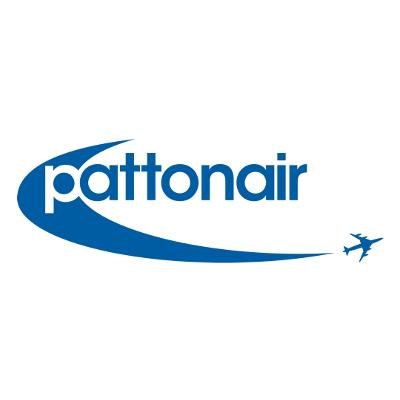Case Study: G&P eradicates packaging problem for Aerospace supplier

The Challenge
A leading component integrator to the aerospace industry was holding a large amount of high-value and high-quality stock on behalf of an aerospace Tier 1 manufacturer, supplying it in kit form as and when required.
However, after its own internal analysis, the manufacturer concluded that its lineside teams were experiencing significant delays and inefficiencies because of the parts arriving with non-sanctioned packaging materials. Not only did this this non-compliance risk compromise build quality with potential damage to parts, but it also wasted a large amount of assembly time, adding further cost to the project.
The manufacturer raised a concern with the integrator, which potentially jeopardised the acceptance of thousands of similarly packaged stock parts which would, if not rectified, be rejected.
The Solution
Having previously worked with G&P on another project, the integrator once again called upon G&P to help to solve this challenge with them.
G&P immediately deployed a highly experienced technical project manager who visited the integrator’s site to conduct a formal risk and project assessment, which included liaison and interaction with the client’s customer. A project plan was established which included AS13004 PFMEA, work test plans, work benches with 5S implementation, electronic data capture and other key elements.
After a full stock assessment, G&P identified around 12,000 parts that required re-work for them to be in an acceptable manner.
G&P worked with the integrator’s logistics team to work around their own operators, ensuring that workflow was not disrupted. Its team of up to six individuals were fully trained on the newly established process and then set about pulling products, sweeping the stock and reworking
them before reintroducing them into the integrator’s stock, ready for acceptance by the manufacturer.


The Results
During the course of the project, G&P reworked 12,000 pieces from 1,400 locations to the agreed standard. Not only did this ensure that the integrator’s parts would continue to be accepted at point of fit, but it also helped the end user adhere to its own production plan.
Availability of parts on the production line was improved with a reduction of issues and a better use of the production team’s time.







































 +44 (0) 1922 458 003
+44 (0) 1922 458 003